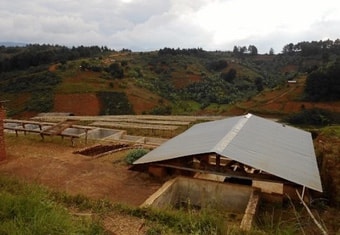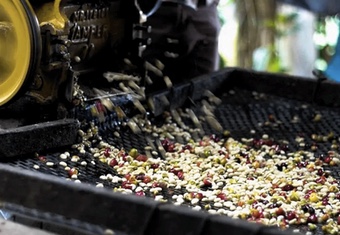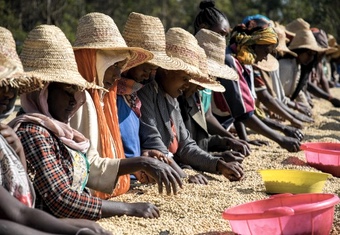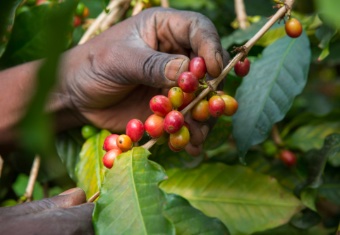
The Republic of Malawi is a long, narrow country near Africa’s eastern shoreline, located south of Tanzania, bordered to the west by Zambia and mostly surrounded on its southern borders by Mozambique. Much of its eastern border is actually along the shores of Lake Malawi, the southernmost African Great Lake. Lake Malawi is home to more species of fish than any other lake in the world, including 700 species of cichlids alone.
Along the hills that dot the countryside, coffee, tobacco, cotton, peanuts, and tea are grown. This private collection contains coffee from two of the northern growing regions, a mix of microlots grown by smallholders. The Mzuzu Coffee Planters Cooperative Union, established in 2006, is home to nearly 3000 farming families, members of their local cooperatives, each with its own centralized washing stations.
If you know Malawi coffee, then you probably know the country is primarily growing two disparate cultivars. The highly prized Ethiopian variety Gesha was brought to Malawi sometime in the early or middle part of the 20th century, at least in part due to its resistance to fusarium wilt (a fungal disease that affects a plant’s ability to transport nutrients through its veins). Gesha’s high quality potential and low yield are contrasted with the Catimor varieties grown throughout the nation, presented here as Nyika, a Malawi dwarf variant of Catimor 129.
The green coffee is graded AA/AAA, and is distributed mainly between screens 17 & 18. The coffee is quite dry and has a very low water activity, not uncommon in East African arrivals, and the density is fairly high.










